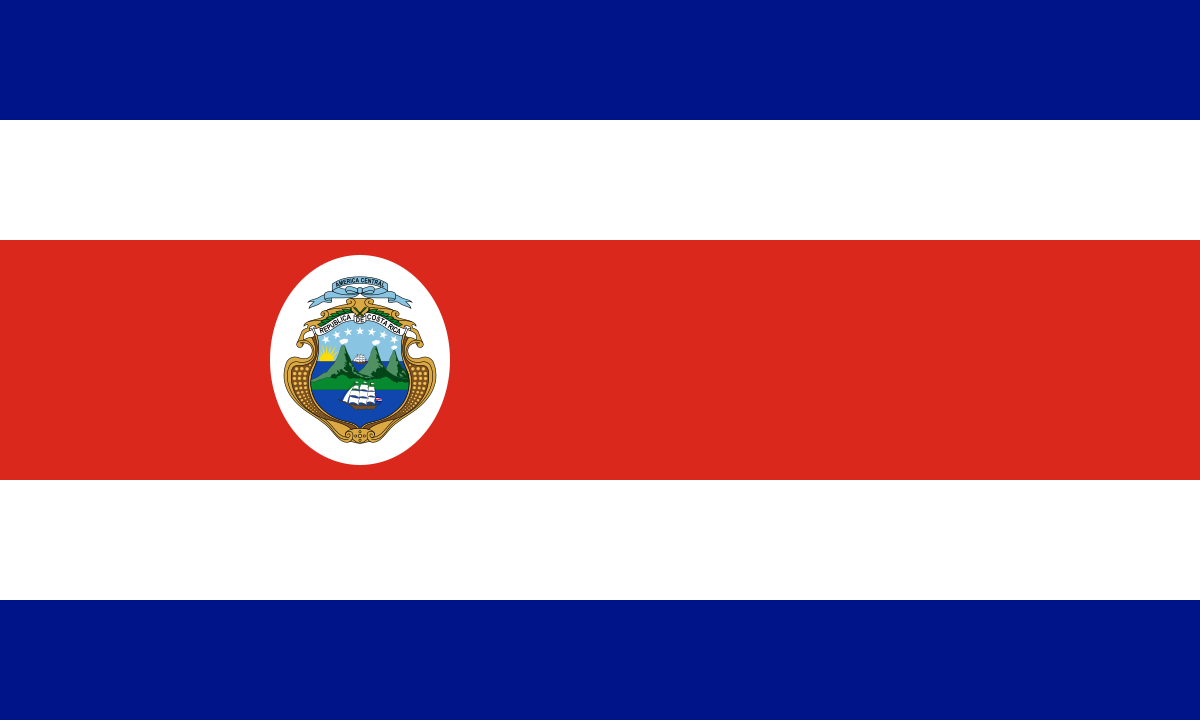Volcanic activity is related to plate tectonics. Most volcanoes are located near active plate boundaries (Keller 128). About two thirds of Earth's active volcanoes are above sea level located within the "Ring of Fire". Features of volcanoes are vents, craters, and calderas. Eruptive behavior of specific volcano types can be predicted (Keller 133). The Volcanic Explosion Index, VEI, is a relative scale where the different eruptions can be compared "based on quantitive and qualitative observations of explosivity" (Keller 134). There are different kinds of volcanoes such as:
The stratovolcanoes are cone shaped and occur above subduction zones. These volcanoes are characterized by explosive eruptions (Keller 134).
Lava Domes are smaller than stratovolcanoes. These domes can be explosive and nonexplosive.
Shield volcanoes are the largest. They are common in mid ocean ridges and over mid plate hot spots (Keller 137). They are usually nonexplosive lava flows.
The continental caldera volcanoes are created by violent eruptions. They often present a volcanic hazard for the next million years.
Effects of volcanic activity include lava flows, pyroclastic hazards, emissions of poisoned gases. Loss of land and property can result from lava flow. Pyroclastic hazards involve ash falls and in turn ruin agriculture land. Secondary effects include debris flows and mudflows. Volcanoes are also linked to fires, earthquakes, landslides and climate change (Keller). However, volcanoes provide fertile soils, mineral resources and new land.
Today we minimize the danger of volcanic activity by forecasting and Volcanic Alert Codes. Costa Rica is home to several volcanoes and is apart of the "Ring of Fire". Poas remains one of Costa Rica's largest and most active volcanoes. Although the last major eruption was in 1910, the volcano remains steadily active to this day, and visitors can still see geysers exploding into the air, some reaching as high up to 820 ft (Arenal.net). Costa Rica's tallest volcano is Irazu and is located in the highlands. Costa Rica's volcanic activity has taken them to sending out alerts in case of any threats. They use cell phone alerts as well as broadcasting them through television as well as non profit groups to help the elderly in case of evacuations. They have scientists dedicated to follow the activity of volcanoes in Costa Rica such as the Volcanological and Seismological Observatory of Costa Rica (OVSICORI) and the National Seismological Network (RSN).
- https://www.arenal.net/volcanoes-costa-rica
- as-turrialba-volcano-erupts-again-scientists-warn-of-increased-health-risks-economic-damage
- Keller, Edward A., et al. Natural Hazards, Earth's Processes as Hazards, Disasters, and Catastrophes. Fourth Edition. 20











A fantastic discussion of volcanic hazards....I loved that fact that this post was complete and talked about the local systems of alert, etc...Social media is a great resource for alert systems...your facebook links were really good too.
ReplyDeleteAs a curiosity, I checked your country's population maps and where those volcanoes are located [links below]...it seems most of the population is concentrated in the center and that area is definitely at risk for volcanoes...good news is they have good alert systems
http://worldpopulationreview.com/countries/costa-rica-population/
https://www.volcanodiscovery.com/costa_rica.html
This was an awesome post! My counntry is also close to the plate tectonics. I really liked how you showed the differences with the volcanos. Your countries alert system is a little different than mexicos because we have colors which probably shows on television when your country gets cell phone alerts. Great job on this!
ReplyDeleteThis post is great! I really appreciated how you pointed out the different types of volcanoes before you began to discuss volcanoes in Costa Rica. It was also interesting to hear that Costa Rica has their own observatory, even though the last eruption was over a hundred years ago. Fabulous job!!!
ReplyDelete